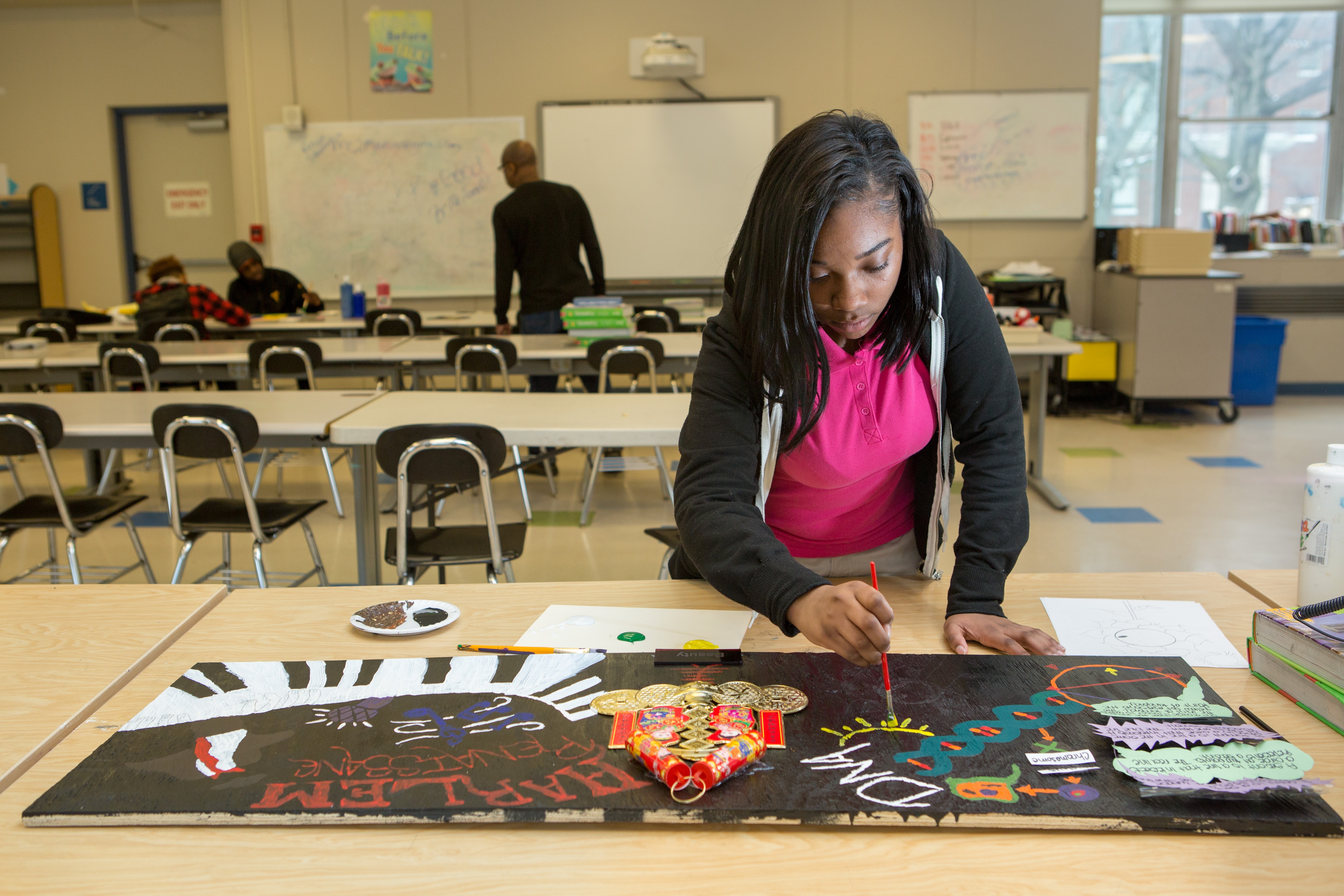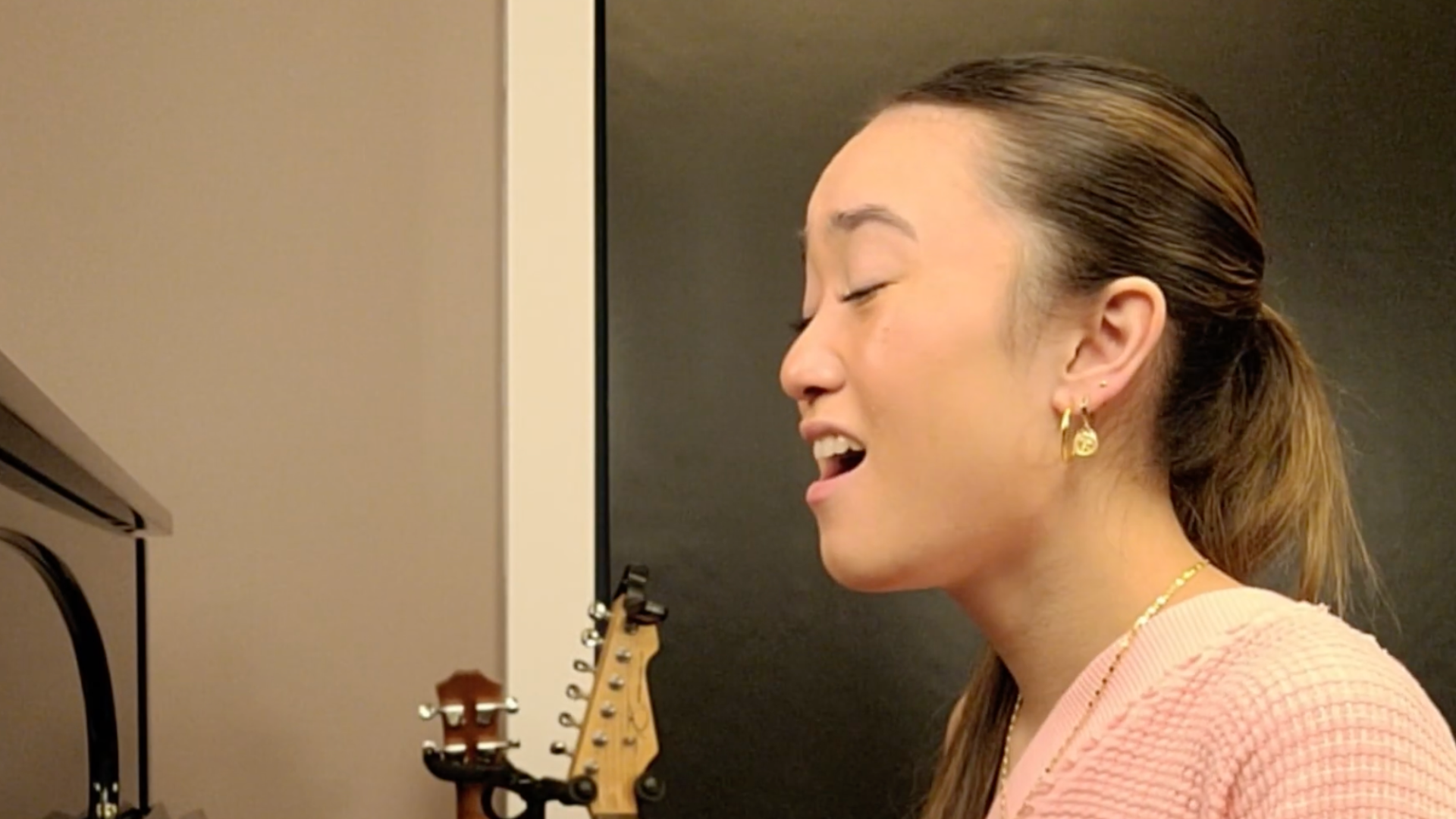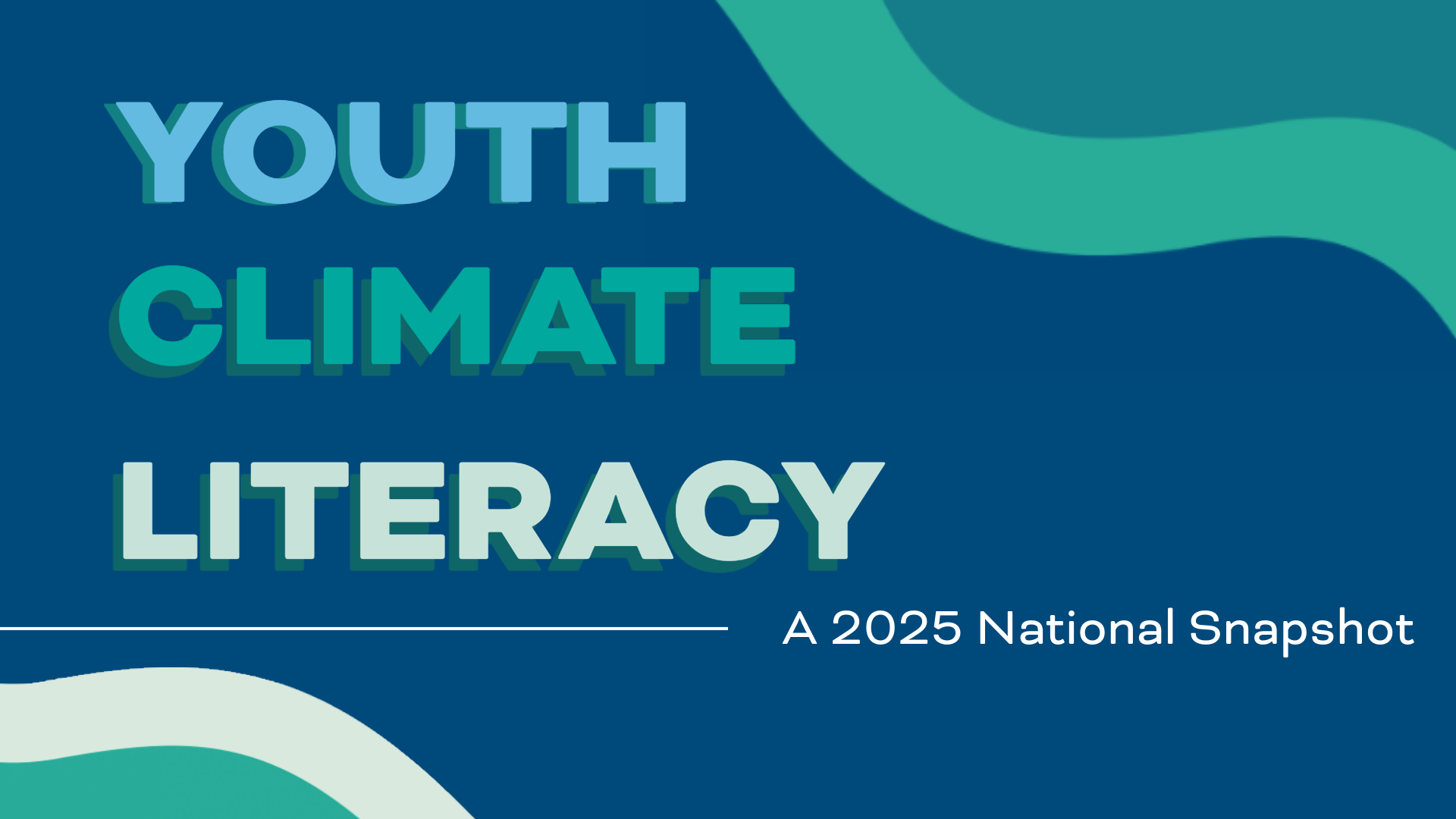Resources — Other Resources
Artistic Engagement in Schools Prepares Students for Climate Activism

Photo by Allison Shelley/The Verbatim Agency for EDUimages
This piece was published in partnership with the Kentucky Student Voice Forum.
In classroom discussions, teachers and students are often wary of using the term “climate change” due to the politicization of the issue. I am from Southern Kentucky, and climate change can be a difficult concept to present in classrooms because of the negative connotation it has for many educators and students. Due to the urgency of the issue, it is imperative that students jump into the climate conversation. Educators are responsible for engaging students in a way that effectively educates and connects them to the issue, which can be done through the underrated power of the arts.
The social and creative nature of humanity makes art a perfect means to address difficult topics. When climate change is made a taboo topic, students are likely to respond with negative emotions like resentment and apathy. A rigid, strictly academic approach to climate education has been proven to be ineffective in motivating students to become active in the climate conversation. By coupling the fluidity of the arts with the vastness of climate change, teachers can help students bypass negative psychological responses and promote imaginative and reflexive thinking. Expressing oneself through art creates a tangible outlet for creativity, as well as an effective means of symbolic speech.
In my middle school art club, we were given projects with a broad topic, sometimes political in nature, and the creative liberty to create art around that concept. The resulting pieces varied greatly—some serious reflections, others comical interpretations. A friend of mine made a piece highlighting the harassment women face in the workplace, while another made a caricatured self-portrait with a pink mustache. The works produced showed the value that creating art has on students' relationships with social issues; each student was able to create something that served as an outlet for their thoughts. Applying this same practice to climate projects can help students reflect on their thoughts about climate change and the environment.
This engagement is not specific to art classes; creative expression in any discipline creates a safe and effective environment for cultivating ideas that promote student involvement in climate action. Researcher Julia Bentz found that art has potential that can be harnessed for education. Visual art taught students about climate change through participatory measures and hands-on activities, which better connected students to the issue. Her research emphasizes that all educators should acknowledge the influence art has, especially its capacity to create hope.
For instance, humanities teachers can explain the historical influence of art in social movements including the climate movement. STEM teachers are essential in providing a baseline understanding of climate and can incorporate art into their instruction by utilizing a variety of media during lectures and assignments. Designing posters and integrating other creative projects in science classes is an excellent way to teach climate change through both a scientific and artistic lens.
Including art in climate education can also create opportunities for students to process their learning. In my experience, art has been not only an outlet, but a means of inspiration for myself and a way to discuss challenging topics with others. Throughout middle and high school, I’ve found comfort in art classrooms and writing workshops. The conversations I’ve had about global issues with other creative students in these settings have inspired me and my peers to continue creating.
I’ve learned so much about my own relationship with activism because of the invaluable creative opportunities my teachers have provided. Student activism is important; in a world swamped with change, students are the ones who will bear the weight of creating progress, especially to build a more sustainable Earth. Educators can help create a generation of involved and active climate leaders.
The views expressed in this article are those of the author and do not necessarily reflect views of the Aspen Institute, K12 Climate Action, commission or coalition members, or organizations with which they are affiliated.


